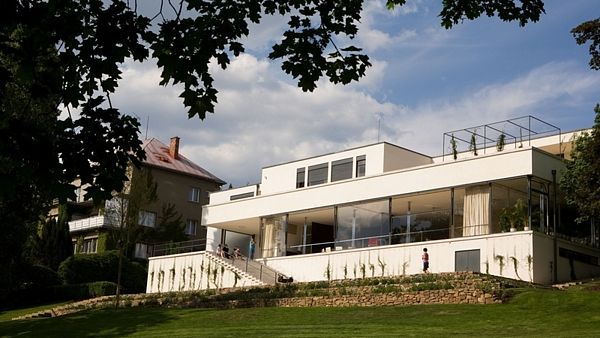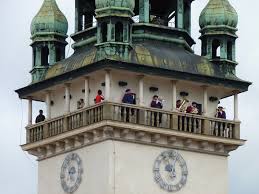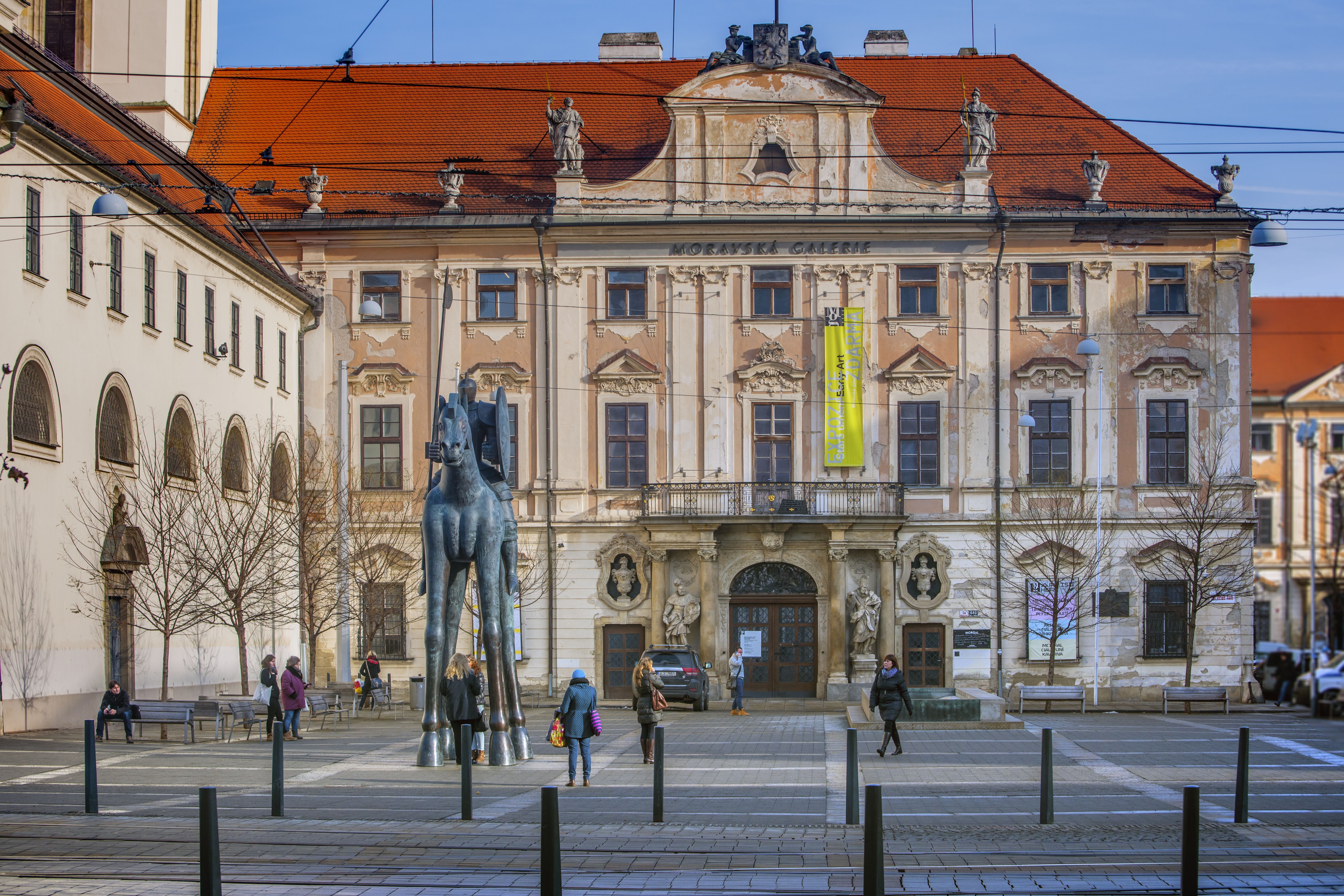Arts scene: Functioning in Brno

The first time I saw Brno was nearly 18 years ago from the window of the train from Prague to Vienna, the same way I suspect many tourists first see the city. I remember thinking that the whole area looked stark and plain and generally just a bit depressing.
It might have been raining, and the run-down Brno – Hlavní nádraží station combined with the old-school compartmentalized smoking cars on the train didn’t help matters. At the time, it was the farthest thing in my mind that one day I would return to live here.
I also had no idea that the plain-looking buildings I saw all around were a classic example of the functionalist style of architecture – just another of Brno’s many claims to fame.
If you’ve been here any length of time, chances are good you’ve already heard of – and maybe even had a chance to visit – the city’s iconic example of functionalism: Villa Tugendhat. The 1930s-era family home, built by Mies van der Rohe, is Brno’s crown jewel of functionalist architecture, and rightly so having achieved UNESCO cultural status.
But Brno’s functionalist movement extends far beyond Tugendhat’s more high-end styling. Take a look around and you’ll see examples of everyday structures that embody the outward plainness of functionalism, where design is meant to be an extension solely of a building’s purpose.
Houses, schools, cafés – the city is crawling with examples practically everywhere you look. With roots both in new building technologies of the era and the socialist period that followed, it’s no wonder that functionalism was a dominant style of architecture throughout the Czech Republic and Slovakia during much of the 20th century.
The Brno City Museum’s permanent exhibition For new Brno, housed in a second-floor wing of Špilberk Castle, is a good place to start if you want to get a feel for the architectural changes the city underwent in the 1920s and ’30s to accommodate the growing population of the new Czechoslovakia.
See designs by Kumpošt, Wiesner, and Fuchs who led the functionalist movement here with landmarks like the Česká pošta building (Fuchs), the interior of the Savoy café (Kumpošt), and the Moravská banka on náměstí Svobody (Fuchs and Wiesner). The exhibit’s period photos put into perspective some lost touches, like the original lettering on the Moravská banka building, which loses some of its impact with the less-interesting KB Bank logo it now displays.
One of the things I love about walking around Brno is the juxtaposition of architectural styles on any given street. This radical mix, which might seem a bit chaotic on first glance, is in my opinion what gives Brno the character that separates it from big-city neighbours like Prague and Vienna, where lavish structures dominate, or little-city neighbours like Zlín, where functionalism is solely predominant.
Here we have an unapologetic hodge-podge that reflects the city’s character. It turns out I’m not the only one who feels that way: travel writers from The New York Times and Travel + Leisure agree, with articles highlighting Brno as an architectural tourist destination.

Café Era built by Josef Kranz in the 1920s reopened in 2011 in Brno-Černá Pole. Source: The NY Times.
For a comprehensive list of functionalist buildings in Brno, head to Wikipedia. You’ll find a chronological display with pictures and names of prominent architects. For period photographs, check out this collection. You can find out more about the architectural history of the period on the Česká televize website. And finally, there’s the comprehensive online Brno Architecture Manual that suggests walking tours by region accompanied by history and photographs.
After perusing old and new photos, I’ve been fascinated to make then-and-now discoveries of buildings I’ve walked by a hundred times. Some have kept up appearances, while others (most notably the Fuchs-designed Hotel Avion) have suffered a more unfortunate fate. Many in the center have been repurposed, like the Masaryk street corner building that now houses the Tiger knick-knack shop, and my very own flat building – designed by Wiesner in 1932 – which now houses a Rockpoint shop.
I’m starting to get a feel for what the whole style is about and how rooted it is in the Czech culture of the last 100 years. Who knew my first impression of the city could be so far off the mark? So the next time you’re out and about, take a good look around: that non-descript building you thought was just plane ugly might be a hidden functionalist gem in disguise.


